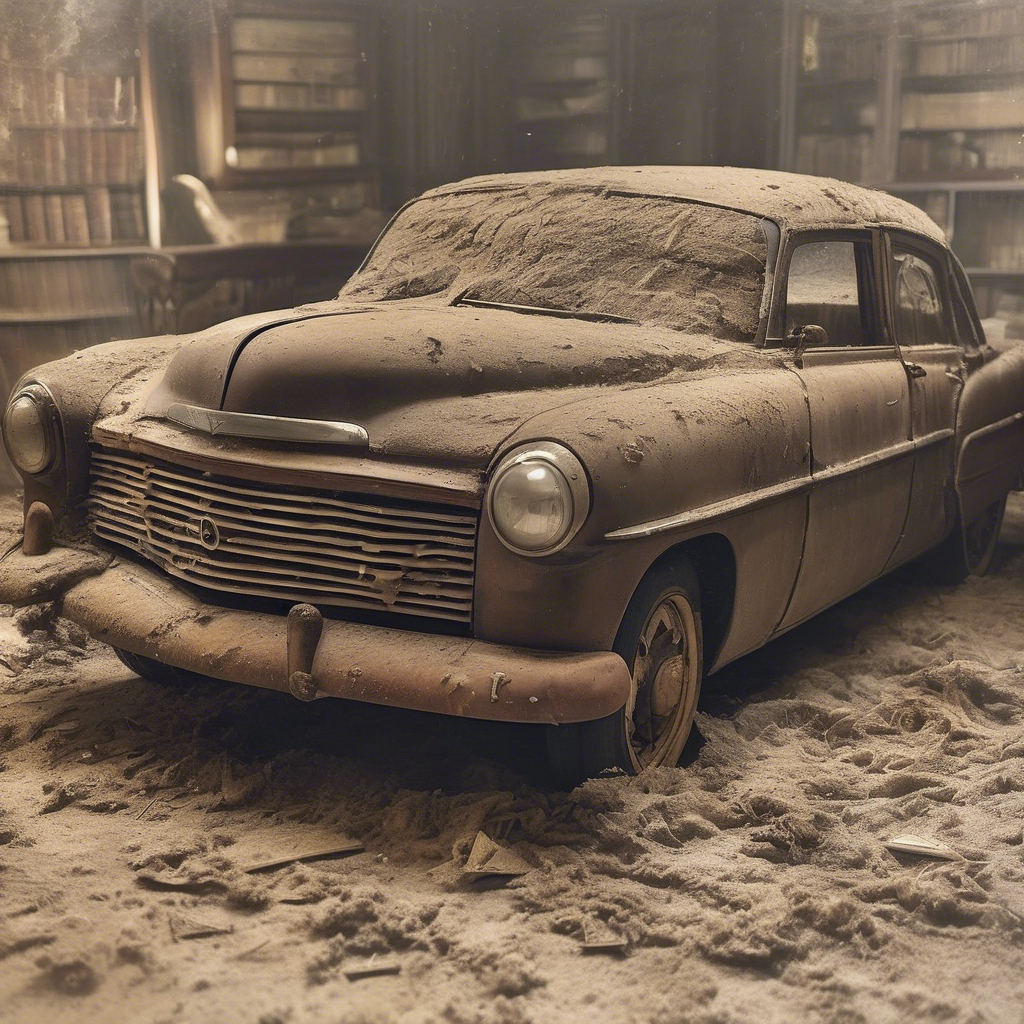Why Dusting Is More Important Than You Think
We all know dusting. That tedious, seemingly insignificant chore. A Sisyphean task, perpetually undone, like trying to fill a bottomless bucket with a thimble. But the truth, my friends, is far more profound than a simple layer of grime.
Dust, that ubiquitous cloud of forgotten particles, isn’t just aesthetically displeasing; it’s a silent menace, a microscopic Trojan horse infiltrating our homes.
Think of it: dead skin cells, pet dander, pollen—a veritable cocktail of allergens clinging to every surface, patiently awaiting an unsuspecting inhale. It’s like a tiny, dusty apocalypse happening under our noses (or, more accurately, in our lungs). And then there are the dust mites… I shudder at the very thought. 😱
I once spent a week at my grandmother’s house; a charming, if somewhat dust-laden, Victorian abode. The air itself seemed thick with the ghosts of generations past, solidified into a fine layer of… well, you get the picture. By the end, my allergies were acting up like a rebellious teenager, a full-blown allergy-pocalypse.
The irony? While we strive for pristine homes, reflecting modern ideals of order and cleanliness—a stark contrast to our more laissez-faire ancestors—we often neglect the most fundamental act of cleanliness: dusting. It’s a paradox: advanced technology and sophisticated cleaning products, yet we often ignore the basics.
Dust: A Deeper Dive
But what exactly *is* dust? It’s far more complex than you might think. Think of it less as a single entity and more as a complex ecosystem, a miniature metropolis teeming with life (of the microscopic variety). Each dust particle carries a tiny bit of history with it, like a historical artifact carrying centuries of narratives. This isn’t just a collection of dead cells and dirt; it’s a record of the lives lived within the walls of your home.
Beyond allergies, dust can exacerbate respiratory issues, impacting everything from asthma to lung function. It can also harbor bacteria and other microorganisms, potentially leading to infections. A meticulous dusting routine isn’t just about appearances; it’s a crucial element of preventative healthcare. It’s a proactive approach, like putting on sunscreen before sunbathing instead of trying to correct the damage afterward.
The Art of the Dusting
Dusting, done correctly, is a meditative practice, a mindful dance with the unseen. Forget frantic swiping; use gentle strokes, like caressing a beloved pet. Microfiber cloths are your best friends, magnetically attracting dust particles like tiny, lint-loving magnets. Pay attention to detail; those forgotten corners and crevices are dust havens. They’re like hidden pockets of history, full of memories and the silent echoes of time.
Regular dusting, even a quick once-over, significantly reduces allergen levels, improving air quality and, consequently, our overall health. It’s an investment in our well-being, as powerful as a healthy diet or regular exercise. It’s the difference between breathing easy and coughing up a storm.
Conclusion: Embrace the Dust Bunny Bust
So, next time you pick up that duster, remember that you’re not simply removing a layer of grime; you’re engaging in a crucial act of self-care and environmental hygiene. It’s about more than just appearances; it’s about health, comfort, and creating a truly clean and welcoming home—a sanctuary free from the silent menace of dust. The benefits are myriad and far outweigh the perceived effort. Trust me on this one. ✨🧹
